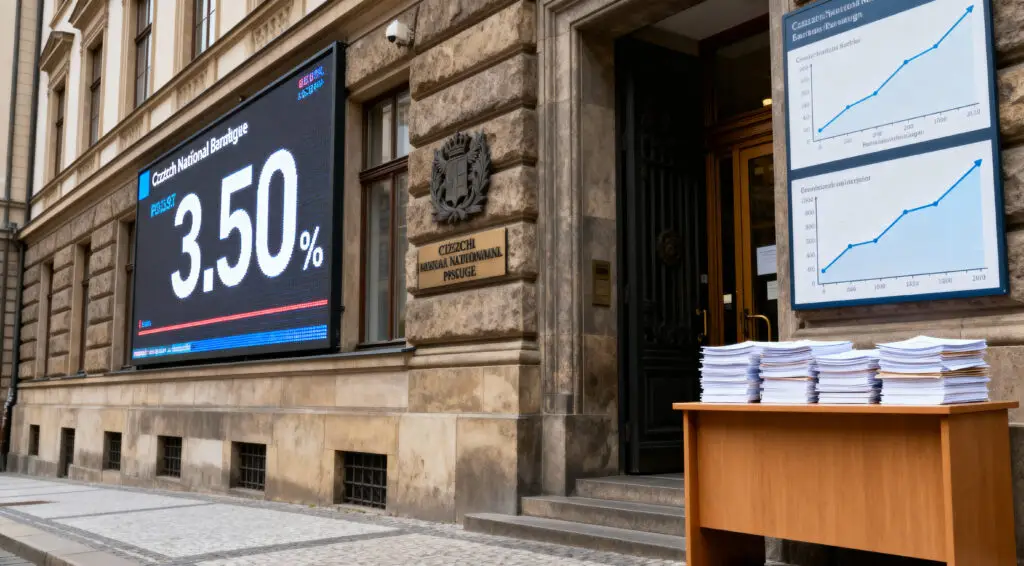Why Materials Discovery Faces Long-Standing Challenges
Discovering new materials has always been a slow and costly process. Researchers typically move along two separate paths: computational models that predict theoretical properties and experimental trials that validate those predictions. While these approaches complement each other, the lack of a unified system often leaves gaps in efficiency. This slows the pace of innovation, especially in fields like clean energy, electronics, and nanotechnology.
The Innovative Solution From Tohoku University
Tohoku University researchers, led by Associate Professor Yusuke Hashimoto and Professor Takaaki Tomai, recognized the limitations of existing workflows. Their answer was to develop an artificial intelligence-powered materials map that merges experimental data with computational predictions. By doing so, they created a tool that provides researchers with a single, comprehensive view of materials and their potential.
How the AI Materials Map Functions
At the heart of this breakthrough is a machine learning framework that leverages crystal-structure graphs, deep learning techniques, and dimensionality reduction methods. Each material is represented as a point on the map, plotted based on thermoelectric performance (zT) and structural similarity. The result is an intuitive “bird’s-eye view” that allows scientists to compare materials efficiently and identify promising candidates faster than ever before.
Visualizing Structural Similarities for Rapid Insights
One of the standout features of the AI map is how it clusters structurally similar materials close together. This visual arrangement means researchers can immediately spot analogs of high-performance materials and reuse synthesis protocols instead of starting from scratch. By simplifying the process of locating related materials, the map removes layers of redundancy that have long hindered progress in material science.
Building the Data Foundation and Training Neural Networks
The success of this AI system is rooted in its data. The team integrated experimental results from StarryData2 with computational entries from the Materials Project, creating a rich and diverse dataset. This was then used to train MatDeepLearn (MDL) alongside a message passing neural network (MPNN). Together, these models achieved accurate predictions of thermoelectric properties, bridging the gap between theory and real-world validation.
Cutting Costs and Accelerating Development Timelines
According to the researchers, the AI-powered map can dramatically shorten research timelines. Instead of spending years cycling through trial-and-error experiments, scientists can now use the map to focus directly on high-potential materials. This not only accelerates development but also reduces research costs, making innovation more accessible for smaller labs and emerging industries. The benefits extend across sectors, from renewable energy to consumer electronics.
Potential Applications Beyond Thermoelectrics
While the current version of the materials map focuses on thermoelectric materials, the team envisions expanding its scope to other domains. Future iterations aim to include magnetic, chemical, and topological materials. Such an expansion would create a versatile AI-driven platform capable of guiding research in a wide range of applications, from next-generation batteries to quantum technologies.
Driving Sustainability Through Smarter Material Choices
One of the most exciting applications of this research lies in sustainable energy. Thermoelectric materials, for example, can recover waste heat from engines, factories, or even household appliances and convert it into usable energy. By accelerating the discovery of such materials, the AI map directly contributes to efforts in reducing energy waste and building greener technologies.
A Glimpse Into the Future of Materials Science
The integration of artificial intelligence into material discovery represents more than just an efficiency boost—it signals a paradigm shift in how science is conducted. Tools like the AI-powered materials map give researchers the ability to approach discovery with precision, clarity, and confidence. As more datasets and applications are added, the map could become a cornerstone of modern materials research.
Transforming Research Into Real-World Innovation
The AI-powered materials map from Tohoku University demonstrates how artificial intelligence can accelerate breakthroughs in one of the most complex areas of science. By unifying experimental and computational data, it provides a clear and practical pathway to faster, cheaper, and more sustainable discoveries. From energy recovery systems to advanced electronics, this tool may well reshape the future of innovation across industries worldwide.
Read more: Mactan-Cebu Airport Launches AI-Powered Innovation Challenge























